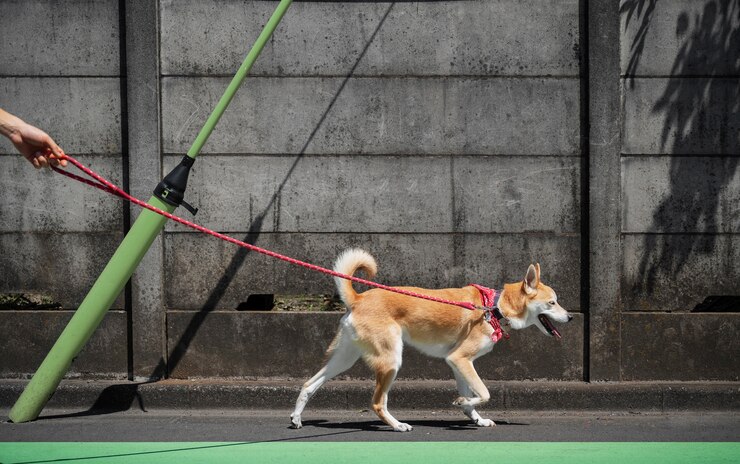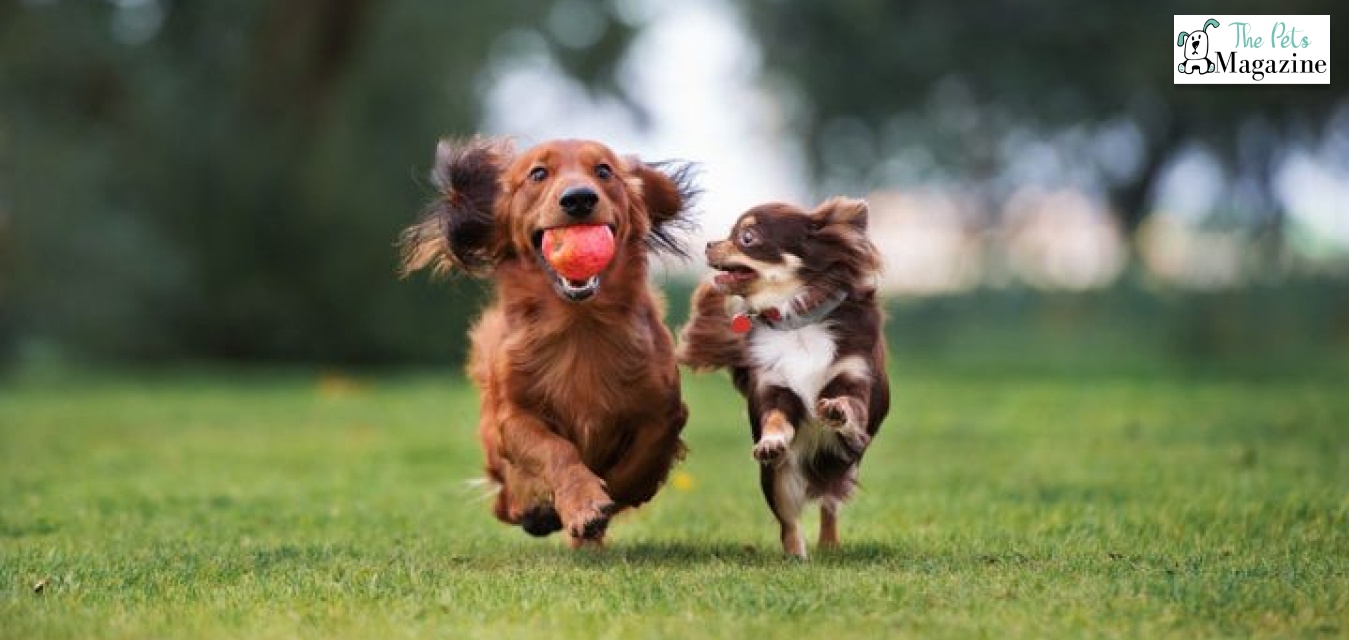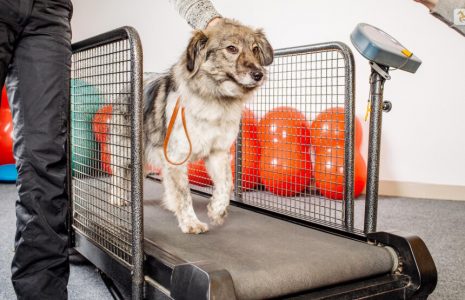Training Reactive Dogs In Syracuse, NY: Guides And Tips


Training a reactive dog can be pretty complicated, especially for new owners in Syracuse, NY. Reactive behavior in canines can manifest in various ways, including barking, lunging, or even aggression toward other stimuli in their environment. See more about controlling aggression in dogs here.
However, with a little bit of patience on your part and by following the right approach and being consistent with your training, it is possible for you to help your reactive dog become calmer and more confident in any situation.
But remember, before you start training your dog, you must find out and address the root cause of aggression in dogs. Keep reading to find out how you can help your dog cope with everyday situations and triggers.
What To Do When You’re Faced With This Situation?
You should know that canines often behave aggressively because of reasons like fear, anxiety, or a lack of socialization. When faced with triggers such as other dogs, strangers, or loud noises, the reactive ones may display signs of distress, including barking, growling, or attempting to flee or attack. It’s crucial to recognize these signs and treat them proactively to prevent escalation. Here are some tips and strategies and what you can do in such situations.
Not Encouraging Undesirable Behavior
Know that every single time a canine practices negative behavior, the more normal it would feel to them. Breaking the cycle will help them eventually make wiser decisions, and you wouldn’t want your pet to feel the emotions that are going to involve these outbursts, right?
Avoid emotional and overwhelming situations and let them know that they are doing something undesirable. Don’t force them into something that will worsen their feelings.
Learning about Thresholds
Most people have breaking points, and this is true about our pets, too. There’s only so much stress that they can handle before being aggressive and “losing it.” In some instances, they might be staring intently at something, and they don’t want to take any food or do what you want them to do. This is because they CAN’T hear you, and they are in a fight-or-flight scenario.
They think that they are placed in a dangerous situation, and when this happens, their brains are close to learning new things. When you can keep them under a threshold, this means you know when enough is enough and you can also avoid their stressors. This is a win-win situation for people who have not trained their dogs with an accredited professional from Syracuse, New York.
When this happens, you can do a U-turn, sniff on cue, wait it out, and distance yourself from the stressor. There are some things that even people can’t handle up close. When they are scared of other canines, it’s best to set the stressor and point it out to your pet when they are at least twenty feet away. The further they are, the less intense they will be.
Also, all canines have the option to flee, fight, or stay put when they are presented with something they perceive as dangerous. When they are attached on a leash, the decision is twice as difficult for them to make. Teach them to turn away while saying a cue even if no other dogs are present.
They can be in the form of “let’s go” when you see children playing and running towards you or a jogger coming your way. Watch videos online and practice even if you think that this isn’t something that you need today.
Waiting It Out
Sometimes, you can’t avoid it, but you should avoid feeling like you’re being pushed into a wall without any options. This means that there will come a time when you’re walking, and your dog sees his biggest nightmare.
Although you can’t control everything, this can be a great opportunity for you to train your canine. Order them to walk away and plan it out. Hold onto the leash as much as possible and have the best equipment to control your dog physically.
Walk away from the trigger far enough and take a pause. Take some deep breaths, pat them, and move on. See if they’ve recovered slowly or quickly, and think of things that you can do better to prevent them from reacting.
Seeking Professional Guidance
When dealing with a reactive pet, you need to call a professional behaviorist to see the kind of intervention that they provide. Experts like David Wilbert in Syracuse, NY, are professional trainers who can answer questions like how much would it cost for your canine to participate in obedience training.
A qualified trainer can assess your dog’s specific triggers and behaviors and tailor a training plan to address them effectively. In Syracuse, NY, numerous reputable behaviorists specialize in working with reactive dogs, and when you’re able to enlist their help, you can gain valuable insights and support throughout the process.
Positive Reinforcement
This training method focuses on rewarding desired behaviors rather than punishing unwanted ones. When working with a reactive dog, it’s essential to identify and reward moments of calmness and non-reactivity.
Treats, toys, or verbal praise can serve as powerful rewards, reinforcing positive behavior and encouraging your dog to remain calm in challenging situations.
Desensitization and Counterconditioning
These are two techniques commonly used to modify reactive behavior in dogs. Desensitization involves gradually exposing the dog to their triggers at a distance or intensity that does not provoke a reactive response. Over time, the dog learns to remain calm in the presence of these triggers through repeated exposure.
Counterconditioning, on the other hand, involves changing the dog’s emotional response to their triggers. This is done by pairing the presence of the trigger with something positive, such as treats or playtime. By associating their triggers with positive experiences, reactive dogs can learn to view them in a more positive light, reducing their reactivity over time.
Consistency and Patience
You need to be extremely patient during these sessions. It’s essential to remain calm and composed during training sessions, as dogs can pick up on their owner’s emotions. Also, consistency in training methods and routines helps reinforce desired behaviors and prevent confusion.
Talk to their trainers and do the recommended exercises at home. Help them adjust and feel better and celebrate gradual changes. Over time, you’ll have a more relaxed pet that you can take anywhere with you on a calm morning walk.
Wrapping Up
Just remember that training an aggressive or reactive dog takes time, and you need to be patient and consistent with your training to see results. There will be setbacks, but dont get discouraged. Continue training your furbaby and celebrate even the small improvements. But if you find yourself struggling, here is a bit of advice for you – consult a certified professional dog trainer experienced in positive reinforcement techniques. Their expert guidance can make a world of difference and can help your reactive dog to be more calm and better behaved in different situations.
READ ALSO:








Leave A Comment